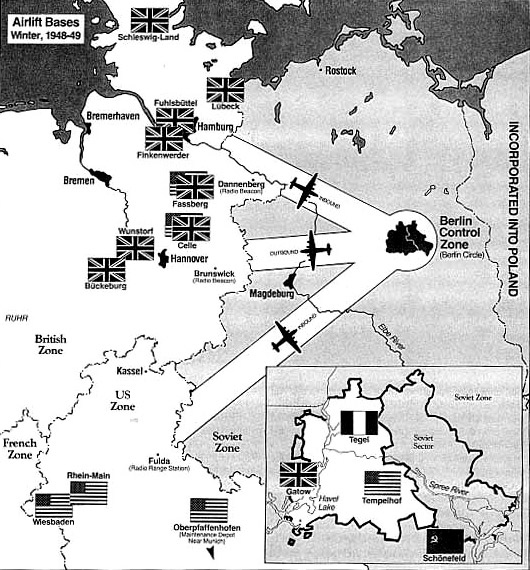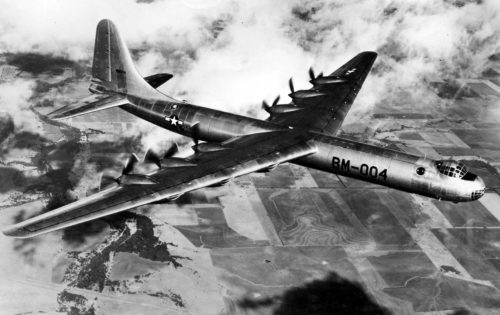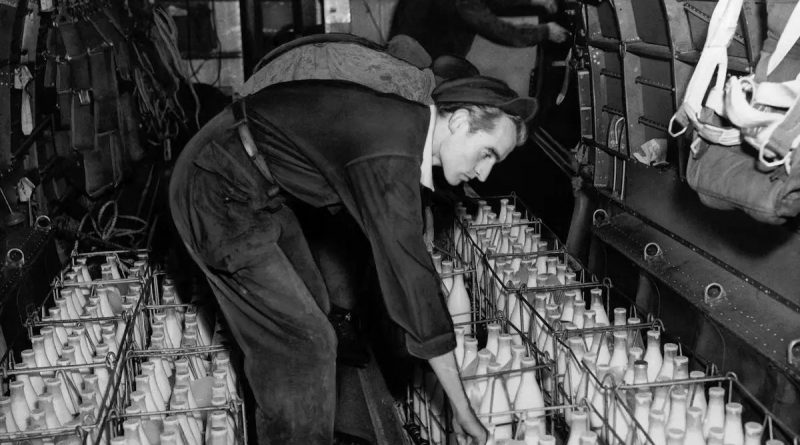June 26 in U.S. military history
1862: Confederate forces led by Gen. Robert E. Lee launch a counteroffensive against Maj. Gen. George McClellan’s Army of the Potomac. Although the outnumbered Confederates suffer heavy casualties and subordinates fail to execute Lee’s plans, McClellan will ultimately withdraw from Richmond following the Battle of Mechanicsburg — the first major engagement of the Seven Days Battles — and abandon the Peninsula Campaign.
1917: A convoy containing the first American Expeditionary Forces — members of the 5th Marine Regiment — land at the beaches of Saint-Nazaire, France. The American troops will train for four months before entering combat. More than two million Americans will serve on the battlefields of Western Europe, and over 50,000 will lay down their lives in the “War to End All War.”
1942: The Grumman F6F Hellcat, credited with the most aerial victories of any Allied naval aircraft during World War II, makes its first flight. Designed to compete with the agile Mitsubishi A6M Zero fighter, the Hellcat will come to dominate the skies over the Pacific. 34 Japanese warplanes are knocked out of the sky by top Navy ace and Medal of Honor recipient Capt. David McCampbell — one of an incredible 305 Hellcat aces in the war.
1944: Lt. Gen. Courtney Hodges’ VII Corps captures the French port city of Cherbourgh, taking the garrison commander Lt. General Karl-Wilhelm von Schlieben and the naval commander, Rear Admiral Walter Hennecke, prisoner.
A pocket of Germans still control the vital port facilities, and Coast Guard Lt. Cmdr. Quentin R. Walsh leads a 53-man naval reconnaissance unit through hostile fire and assaults the naval arsenal, capturing 400 Germans. His force then moved to Ft. Du Homet where he received the surrender of another 350 Germans, and released 52 American paratroopers that had been taken prisoner. For his heroic actions, Walsh is awarded the Navy Cross.
Meanwhile, the soon-to-be famous 442d Regimental Combat Team receives its baptism in fire near Suvento, Italy. When a company of Japanese-American “Nisei” soldiers reaches an enemy strongpoint, they are engaged by a deadly 88mm self-propelled gun, forcing the Americans to scatter and seek cover. Pvt. 1st Class Kiyoshi K. Muranaga’s mortar squad is ordered to action, but the terrain is unsuitable to deploy the mortar and the squad leader tells his men to find cover as well.
Realizing the perilous situation his fellow soldiers face, Muranaga mans the mortar anyways, zeroing in on the armored vehicle. Muranaga single-handedly fires away in full view of the enemy, and his third shot impacts directly in front of the gun. Before he can put the 88 out of action with his fourth shot, the German crew kills him, and then abandons their vehicle. Muranaga has sacrificed his life for his comrades, and is posthumously awarded the Medal of Honor.
1948: When the Soviet Union cuts off West Berlin by sealing off highway and railroad routes, the U.S. Air Force begins the Berlin Airlift. American and other allied nations perform some 300,000 air-transport flights into West Berlin delivering an average of 5,000 tons of food, coal, and other essential items per day to the blockaded city until the Soviets relent a year later.

Meanwhile, at Carswell Air Force Base, Texas, Strategic Air Command receives its first B-36A Peacekeeper. When it becomes operational, the six-engine strategic bomber will be the world’s largest warplane and, with a range over 6,000 miles, is the first unrefueled intercontinental bomber. The B-36 will carry four times as much ordnance as a B-29 Superfortress, and can even haul more bombs than a B-52.

1950: A day after North Korean forces cross into South Korea, kicking off the Korean War, the destroyers USS De Haven (DD-727) and USS Mansfield (DD-728) evacuate 700 American and foreign nationals from Inchon.
1963: President John F. Kennedy delivers his famous “Ich bin ein Berliner” speech as a Cold War expression of America’s support for West Berlin following East Germany’s construction of the Berlin Wall.
1965: Gen. William Westmoreland grants the authority to send American combat forces on offensive operations. Prior to this decision, U.S. forces primarily served in a defensive role at air bases and other installations.
